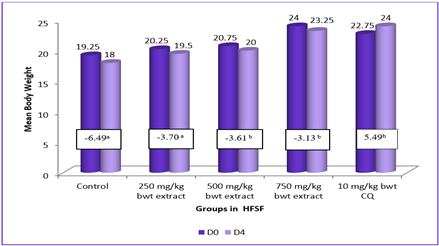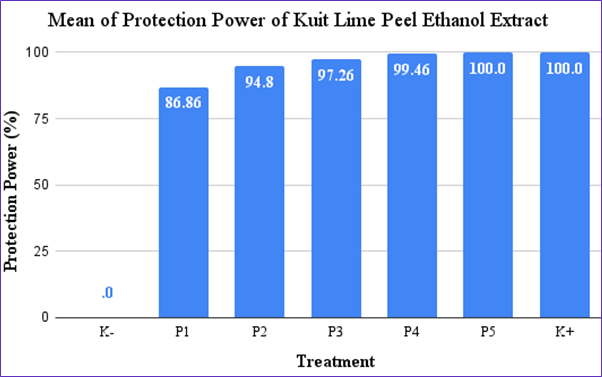Prevalence and Nematode Infection Level on Gastrointestinal Tract at Horse (Equus caballus) in Bangkalan Madura
Downloads
The purpose of this study is to determine the prevalence, infection level, sex and age effect on the infection level of GIT Nematode parasite in a horse. The fecal samples analyzed using the methods of native, sedimentation, floatation, and worm eggs count per gram of feces. Sample examination found 54 positive infected gastrointestinal nematode parasite with prevalence rate of 87% (54 from 62). The prevalence of Trichonema sp., Strongylus sp., and Parascaris equorum are 37.1%, 16.1%, and 1.6%. There were also mixed infestation like Strongylus sp. and Trichonema sp; Strongylus sp. and Parascaris equorum; Trichonema sp. and Parascaris equorum with total prevalence 27.4%, 1.6%, and 3.2%. Sex and age of horse had a very significant and significant effect in prevalence and infection level of Nematode parasite.
Fuentes, S.V,. M. Saez, M. Trelis., C. Munos-atoli, dan G.J. Esteban. 2004. The Helmint Community of Apodemus Sylvaticus (Rodentia, Muridae) in The Sierra de Gredos (Spain). Arxius de Miscellania Zoologica 2:1-6
Hariadi, M., S. Hardjopranyoto, Wurlina, H. A. Hermadi, B. Utomo, Rimayanti, I. N. Triana, dan H. Ratnani. 2011. Buku Ajar Ilmu Kemajiran pada Ternak. Airlangga University Press. Surabaya. Hal:52-55
Hastutiek, P., R. Sasmita dan G. Mahasri. 2001. Prevalensi Infeksi Cacing Saluran Pencernaan pada Sapi, Kerbau dan Kuda di Kabupaten Bangkalan Madura. Media Kedokteran Hewan 17(1): 67-72
Koesdarto, S., S. Subekti., S.M. Sosiawati., H. Puspitawati dan Kusnoto. 2007. Buku Ajar Ilmu Penyakit Nematoda Veteriner. Departemen Pendidikan Nasional Fakultas Kedokteran Hewan Universitas Airlangga. Surabaya. Hal: 1-5
Kuchai, J.A., M.Z. Chishti, M.M. Zaki, J. Ahmad, M. Rasool, S.A. Dar and Tak. 2011. Epidemology Of Helminth Parasites In Small Ruminant Of Ladakh, India. Pnline J. Anim. Feed Res. 1(5) : 239-242
Levine, N.D. 1990. Buku Pelajaran Parasitologi Veteriner. Gadjah Mada University Press. Yogyakarta. Hal: 171-458
Love, S. 2003. Treatment and prevention of intestinal parasite associated disease. Vet. Clin. Equine. 19: 791 - 806
Pradana, F.H.A. 2012. Tingkat Kejadian Helminthiasis Gastrointestinal pada Kuda Pacu di PT. KTS Pohsarang, Kediri. [Skripsi] Fakultas Kedokteran Hewan, Universitas Airlangga. Surabaya.
Ratnawati, E.W. 2004. Kejadian Infeksi Cacing Parasit Saluran Pencernaan pada Kuda Delman di Kota Bogor. [Skripsi] Fakultas Kedokteran Hewan Institut Pertanian Bogor. Bogor.
Siregar, D.O. 2016. Prevalensi Cacing Nematoda dan Derajad Infeksi Nematodiasis Kuda di Kota Batu. [Skripsi] Fakultas Kedokteran Hewan, Universitas Airlangga. Surabaya.
Soedarto. 1991. Helmintologi Kedokteran. Cetakan I EGC. Jakarta.
Soulsby, E.J.L. 1982. Helminths, Arthropods and Protozoa of Domesticated Animals, 7^th Ed., Bailliere, Tindal and Cassell Ltd. London.
Soulsby, E.J.L. 1986. Helminths, Arthropods and Protozoa of Domesticated Animals, 7^th Ed., Bailliere, Tindal and Cassell Ltd. London.
Subekti, S., S. Mumpuni, S. Soedarto, H. Puspitawati dan Kusnoto. 2010. Buku Ajar Parasitologi Veteriner. Fakultas Kedokteran Hewan Universitas Airlangga. Surabaya.
Subronto. 2007. Ilmu Penyakit Ternak II. Gadjah Mada University Press. Yogyakarta. Hal: 64-109
- Every manuscript submitted to must observe the policy and terms set by the Journal of Parasite Science
- Publication rights to manuscript content published by the Journal of Parasite Science is owned by the Journal of Parasite Science with the consent and approval of the author(s) concerned
- Authors and other parties are bound to the Creative Commons Attribution-NonCommercial-ShareAlike 4.0 International License for the published articles, legal formal aspect of journal publication accessibility refers to Creative Commons Attribution-NonCommercial-ShareAlike 4.0 International License (CC BY-NC-SA)
- By submitting the manuscript, the author agrees to the requirement that the copyright of the submitted article will be transferred to Journal of Parasite Science as the publisher of the journal. The intended copyright includes the right to publish articles in various forms (including reprints). journal of parasite science retains the publishing rights to published articles.

































